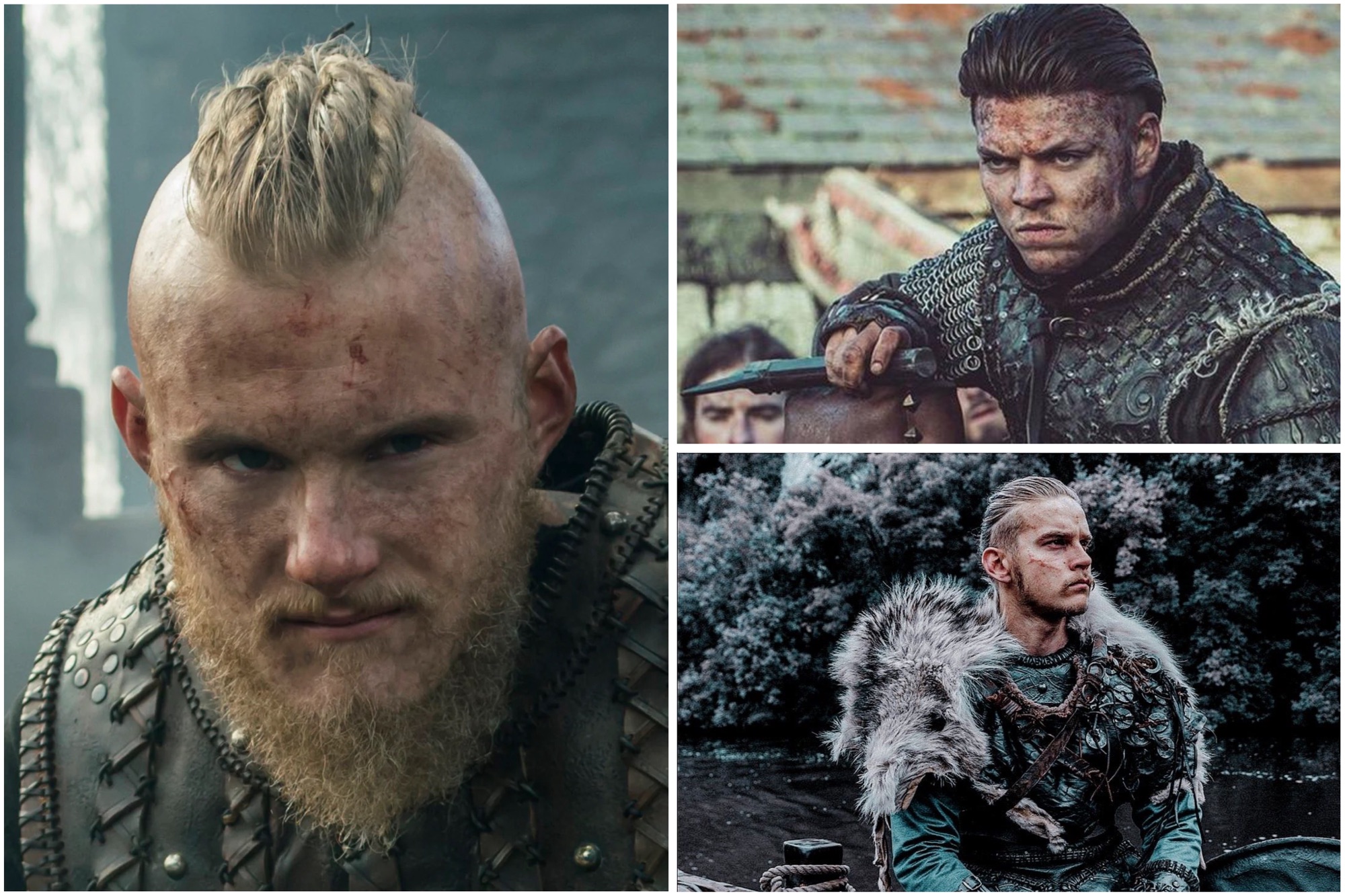Ragnar Lodbrok, a legendary figure from the Viking era, is renowned for his enchanting and warlike exploits. Among his many adventures, he is famous for defeating a giant serpent while wearing specially made trousers, earning him the nickname ‘Lodbrok,’ meaning ‘hairy breeches.’ His daring raids on the British Isles are also well-recorded.
Besides his exploits, Ragnar was the king of both Sweden and Denmark and had numerous marriages, notably to the beautiful Aslaug and the warrior woman Lagertha. His dramatic death—thrown into a pi by t of snakes by an English king—further cemented his mythic status.
Ragnar’s sons also left a significant legacy with their own acts of Viking bravery. The ancient saga ‘Tale of Ragnar’s Sons’ details the remarkable deeds of these extraordinary 9th-century figures.
Hvitserk
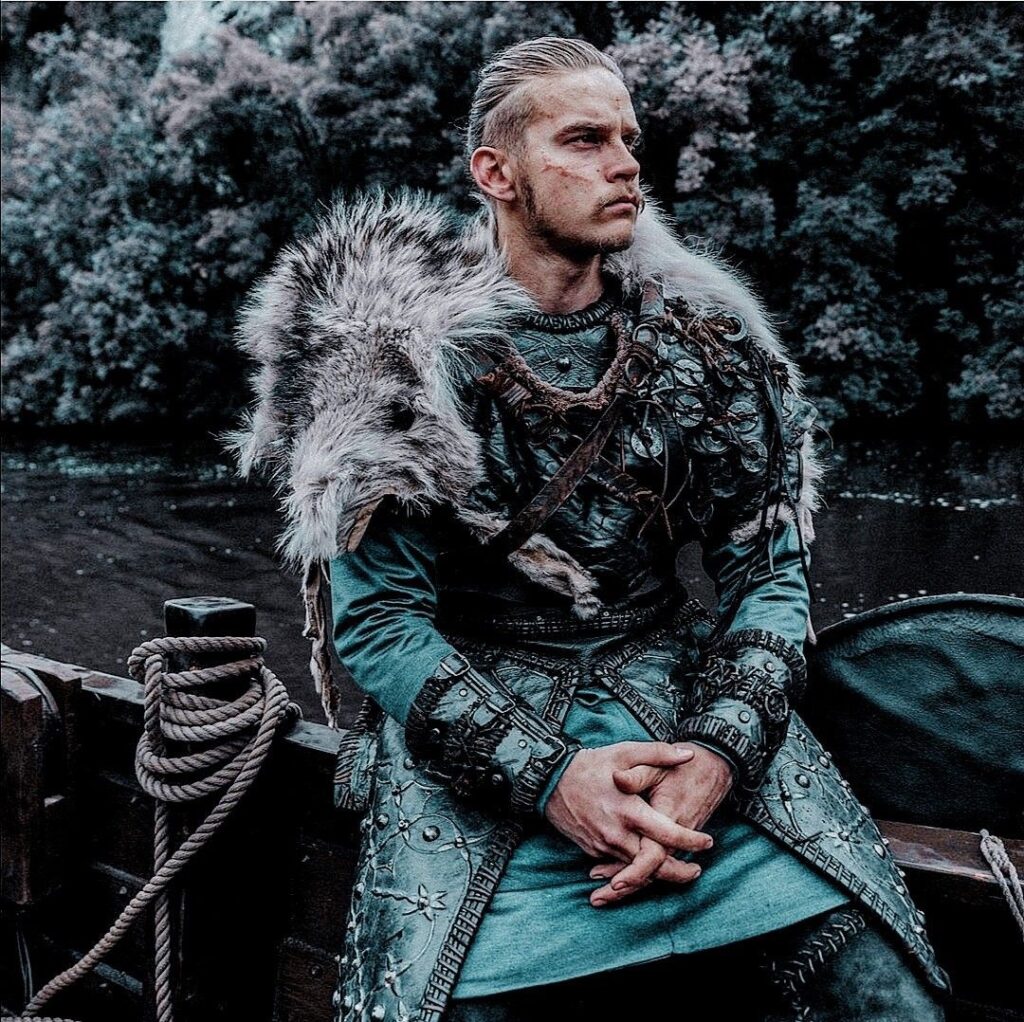
Hvitserk, another prominent figure from the Saga of Ragnar’s Sons, is known for delivering some of the most memorable lines in the entire narrative. Upon learning of their half-brothers’ deaths at the hands of Eysteinn Beli, Hvitserk’s fury is evident. He tells Björn, Ivar, and Sigurd of his eagerness to plan their revenge and devise ‘various vile torments’ for Beli. Determined to act quickly, he urges his brothers to set sail immediately, even if it means cutting through the ice, to hasten their retribution against Beli and his forces.
After Ælla’s death, Hvitserk continues his conquests, ruling over Jutland and Wendland, which is now part of modern Germany. The saga’s final mention of him describes his extensive raids in France, a feat that would have undoubtedly made Ragnar proud.
Sigurd Snake-in-the-Eye
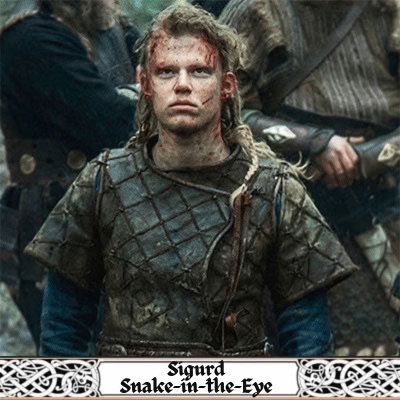
Sigurd Snake-in-the-Eye, whose name is even more striking than Ivar the Boneless, earned his moniker due to a distinctive mark around his iris resembling a serpent.
He joined his brothers in their early Nordic conquests, demonstrating his bravery and combative nature upon learning of the death of his two half-brothers at the hands of the Swedish chieftain, Eysteinn Beli. Sigurd vowed that Eysteinn’s rule would be swiftly ended, regardless of any substantial or grand offers of compensation.
After the fall of Beli, Sigurd joined the fray against King Ælla. In an intriguing turn of events, he married Ælla’s daughter, Blaeja. It’s uncertain whether she was compelled to marry one of the Vikings responsible for her father’s death or if it was a deliberate political move. Regardless, their union is noted in the saga as leading to the birth of Cnut I, who would become king of Denmark.
Ivar the Boneless
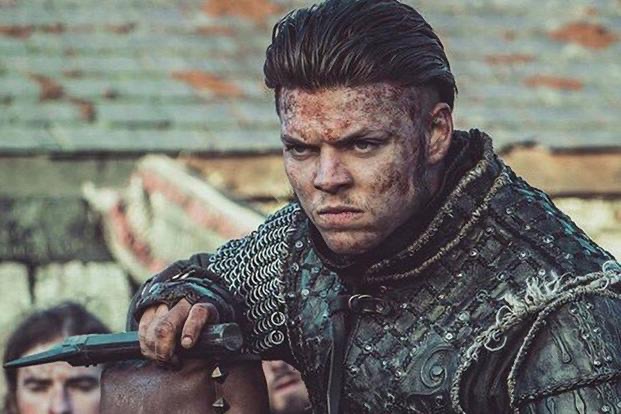
Ivar the Boneless, one of Björn’s distinctively named siblings, remains a figure of intrigue due to his epithet. The term ‘boneless’ could imply various conditions, such as brittle bone disease, skeletal deformity, impotence, or possibly a simple misinterpretation of another term. Regardless, he is a central figure in the Saga of Ragnar’s Sons, achieving victories with his brothers and playing a crucial role in the brutal revenge against King Ælla of Northumbria.
Ivar paved the way for the eventual conquest of England by negotiating peace with Ælla. Claiming to seek only reparation for his father’s death, Ivar cleverly asked for as much land as could be covered by an ox’s hide. Ælla agreed, and according to Old Norse tales, Ivar cut the hide into such thin strips that they encompassed a large area, believed to be York.
With a foothold in England, Ivar invited his brothers to launch their attack on Ælla, who believed Ivar’s intentions were solely for peace between the Vikings and the Northumbrians. Ivar directly oversaw Ælla’s execution and subsequently took the throne, ruling over a significant part of northeastern England. The saga depicts him as shrewd and ruthless, with a reign free of personal desires or affection.
Björn Ironside
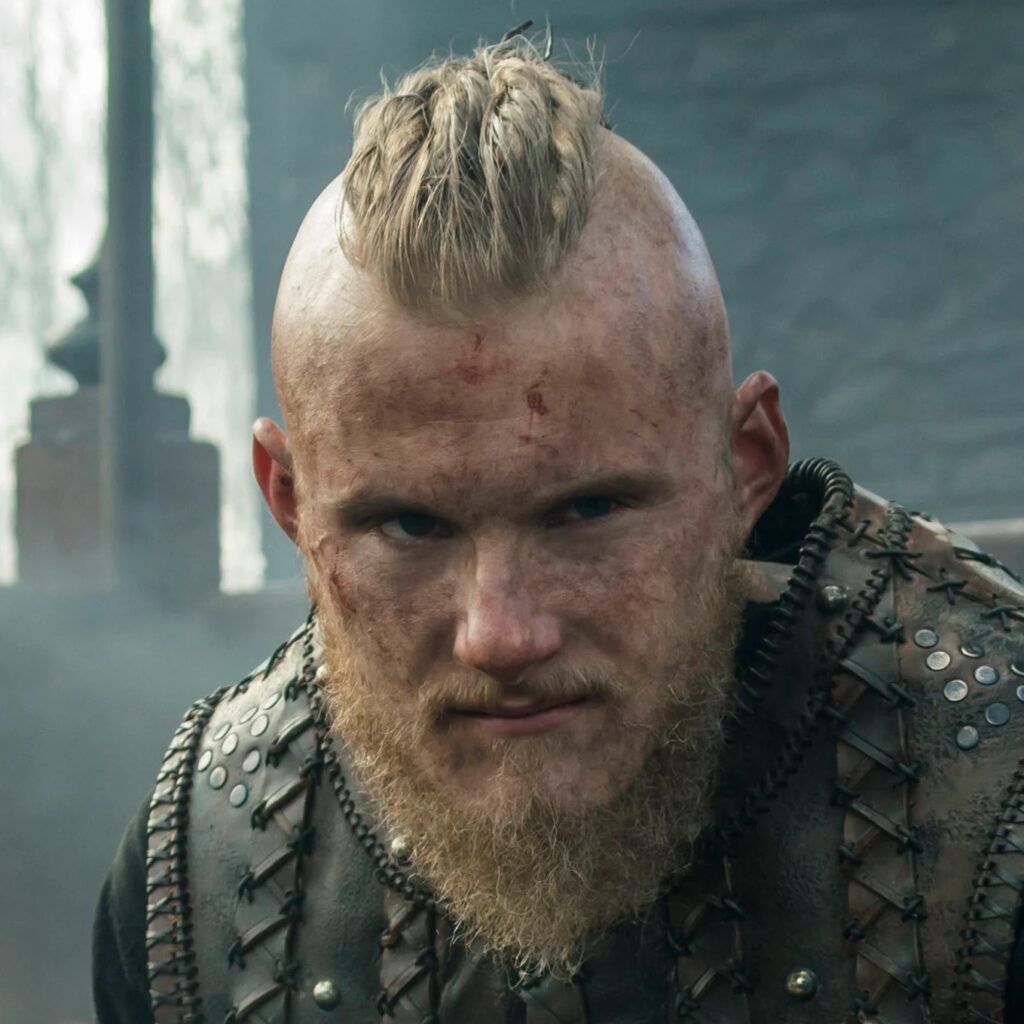
Björn Ironside, following in his father’s footsteps, embarked with his brothers on a campaign to conquer Nordic regions such as Zealand, Jutland, and Gotland. Their conquests were so successful that Ragnar, fearing his sons might outshine him, appointed Eysteinn Beli as the king of Sweden to protect the realm from them. This decision led to the defeat and death of two of Björn’s half-brothers by Beli’s forces.
Upon receiving this news while playing board games in Zealand, Björn and his brothers quickly assembled a formidable force to seek vengeance. When Ragnar learned of Eysteinn Beli’s defeat and death, he attempted to outdo his sons by launching an ill-fated invasion of England with only two ships.
His defeat resulted in his capture and execution by King Ælla of Northumbria, who threw him into a pit of snakes. In response, Björn and his brothers avenged their father by decisively defeating Ælla and executing him with the gruesome ‘blood eagle.’
Following this significant victory, the brothers continued their conquests, with Björn securing vast territories in Sweden. Icelandic sagas credit him with founding the royal House of Munsö.
